Books
From ‘Panchatantra’ to ‘Puranas’: Rethinking power in Sanskrit texts
Sanskrit professor McComas Taylor discusses language, lineage, and what led him to translate the ‘Viṣṇu Purāṇa’.
Aarya Chand
McComas Taylor is a professor of Sanskrit at the Australian National University (ANU) with a long history of teaching, research, and translation. He was in Kathmandu last month for the 19th World Sanskrit Conference, a global gathering of scholars studying the Sanskrit language and literature.
Taylor has worked extensively on Sanskrit narrative literature and has published several works on Puranic texts and pedagogy. He also leads the South Asia Program at ANU. Professor Taylor delivered keynote lectures on June 27 and June 28 at the conference as an invited speaker.
In this chat with the Post’s Aarya Chand, Taylor discusses how language, power, and performance continue to shape our engagement with ancient texts.
How has your experience been at the 19th World Sanskrit Conference, and is this your first time in Nepal?
This is my second visit to Nepal. I was last here 30 years ago with my son, who was nine at the time. Being back feels meaningful. The conference itself has been very positive. It’s good to reconnect with old colleagues and meet new ones. I’ve enjoyed listening to others’ research, and for me, one of the highlights is the chance to speak Sanskrit, even just a little. I don’t often get that opportunity in Australia, so this setting has been both productive and enjoyable.
When did you start learning Sanskrit?
I fell in love with the ‘Mahabharata’ about 30 years ago and was determined to study Sanskrit so that I could read it in its original language.
What opportunities are available for Nepali students interested in studying Sanskrit at ANU?
At ANU, we offer a strong three-year Sanskrit major that covers a wide range of classical texts and genres. The programme is led by Dr Stephanie Mecha, a dedicated scholar. Students can explore Itihasa, ‘Bhagavata Purana’, ‘The Upanisads’, Veda, and works like the ‘Ramayana’.
We also include genres like natya and kavya, so the curriculum is broad and designed to give students a solid foundation across the full spectrum of Sanskrit literature. It’s a well-rounded programme that provides both depth and variety.
What does it mean for the global Sanskrit community that this year’s conference is being hosted in Nepal?
I’m very pleased that it’s held here. It’s a big boost for Sanskrit studies. I also think the event can have a real impact, especially for younger scholars. Many of them may not have had much exposure to scholarship from the West, not because of a lack of interest, but due to practical barriers like limited access to books and well-funded libraries.
Scholars in the West often have access to better resources and travel opportunities. Events like this help bridge that gap. I hope these interactions open new academic pathways for emerging scholars in Nepal.
Your course ‘The Joy of Sanskrit’ is a comprehensive 25-week first-year university programme that emphasises chanting, recitation, and spoken fluency. How does this approach shape the learning of Sanskrit texts?
In many places outside India, Sanskrit is taught purely as a classical language—students read and analyse but don’t speak or hear it. That means they only engage one part of their brain, passively receiving the language rather than producing it. From ‘The Joy of Sanskrit’, I encourage students to chant, sing, and speak. This activates a fuller range of cognitive and linguistic faculties, making the learning process more immersive and memorable.
A text can empower by reinforcing existing beliefs or hierarchies. If a scripture tells a community it holds a superior place in the social order, that text will be seen as wise and valuable. People naturally trust texts that reflect their views. Just as we enjoy hearing opinions that align with ours, we tend to view affirming texts as authoritative—this is one way texts gain power and influence within a tradition.
Your work documents live performances of the ‘Bhagavata Purana’. How does this oral dimension shape meaning compared with manuscript versions?
The impact comes from the power of sabda—the spoken word. For the teaching to be authentic, it’s ideally received directly from the guru. Simply reading the text from a book isn’t enough; the knowledge needs to come through an authorised source within a verified lineage. The identity and authority of the teacher matter greatly because they ensure the transmission is genuine to tradition.
This oral dimension carries not just the words but the spiritual and cultural authority behind them, shaping the meaning in ways that the written text alone cannot fully convey.
Your research uses Foucauldian critical theory. How do you see this theoretical framework enriching your understanding of Sanskrit texts like the ‘Panchatantra’?
French philosopher Michel Foucault argued that power and knowledge are connected; power shapes what is accepted as knowledge, and in turn, that knowledge reinforces existing power structures. This idea has been central to my work. I’ve applied this framework to classical Sanskrit narratives, particularly the ‘Panchatantra’, often seen as a collection of simple children’s stories.
What I’ve explored is how these tales reflect and are shaped by prevailing social forces—especially around hierarchy and division. At the same time, these stories also contribute back to society by reinforcing or reshaping those discourses. So, there’s a circular movement: social discourse creates the stories, and those stories then play a role in creating society.
What led you to translate the ‘Viṣṇu Purāṇa’, and why choose blank verse?
The project began with a suggestion. I had just completed a major work and was looking for something new to translate. A colleague initially proposed the ‘Vayu Purana’, but I declined—it’s far too long. Then she mentioned the ‘Viṣṇu Purāṇa’, which felt more manageable at around 7,000 verses. I accepted with enthusiasm. As for the choice of blank verse, that was a deliberate attempt to reflect the musicality of the original.
About 85 percent of the ‘Viṣṇu Purāṇa’ is in verse and meant to be recited or sung. Prose wouldn’t do justice to the rhythm and sound, so I aimed for a form that could preserve some of that poetic quality.
How does your translation of the ‘Viṣṇu Purāṇa’ differ from HH Wilson’s 19th-century version?
There are a few key differences. Unlike Wilson, who worked from various manuscripts with varying content, my translation is based on the Critical Edition of the ‘Visnu Purana’. This critical edition provides a more consistent and scholarly foundation.
Secondly, the English language has changed a great deal since 1841, when Wilson was writing. His translation reflects the constraints of Victorian morality—he avoided or glossed over anything sexual or controversial in the text. I haven’t done that. I’ve aimed to be faithful to the original, without filtering or omitting. I’m fortunate to work in a time when I can translate the text as it is, without needing to censor it.
What role do you see Sanskrit playing in contemporary Hindu practice and global academia?
Sanskrit continues to hold a central place in Hindu life. For many Hindus, there’s a deep, enduring connection to the language because the core scriptures, teachings, mantras, and sacred texts are all in Sanskrit. In that sense, it’s a timeless language—its presence is constant, and its value is deeply felt. Within the Hindu community, Sanskrit will always be loved and that connection is unlikely to fade.
McComas Taylor’s book recommendations
The Language of Gods in the World of Men
Author: Sheldon Pollock
Publisher: University of California Press
Year: 2006
Pollock’s work was the first to explain the connection between power and knowledge in the Sanskritic episteme.
Upanisads
Author: Patrick Olivelle
Publisher: Oxford University Press
Year: 1996
I recommend this for its clear, accurate, and accessible translations that open up the rich world of Upanishadic thought.
The Hindus: An Alternative History
Author: Wendy Doniger
Publisher: Penguin Books
Year: 2009
This book offers a bold and expansive take on Hindu history. I hope readers engage with it thoughtfully.
The Kama Sutra
Author: Wendy Doniger and Sudhir Kakar
Publisher: Oxford University Press
Year: 2002 (New Translation)
It’s a well-done translation that captures not just the passion but also the deeper ideas about life and values.
Krishna’s Lineage
Author: Simon Brodbeck
Publisher: Oxford University Press
Year: 2019
It’s a fluent translation of an important text in Hindu tradition. I highly recommend it to those interested in Krishna’s story.




 12.12°C Kathmandu
12.12°C Kathmandu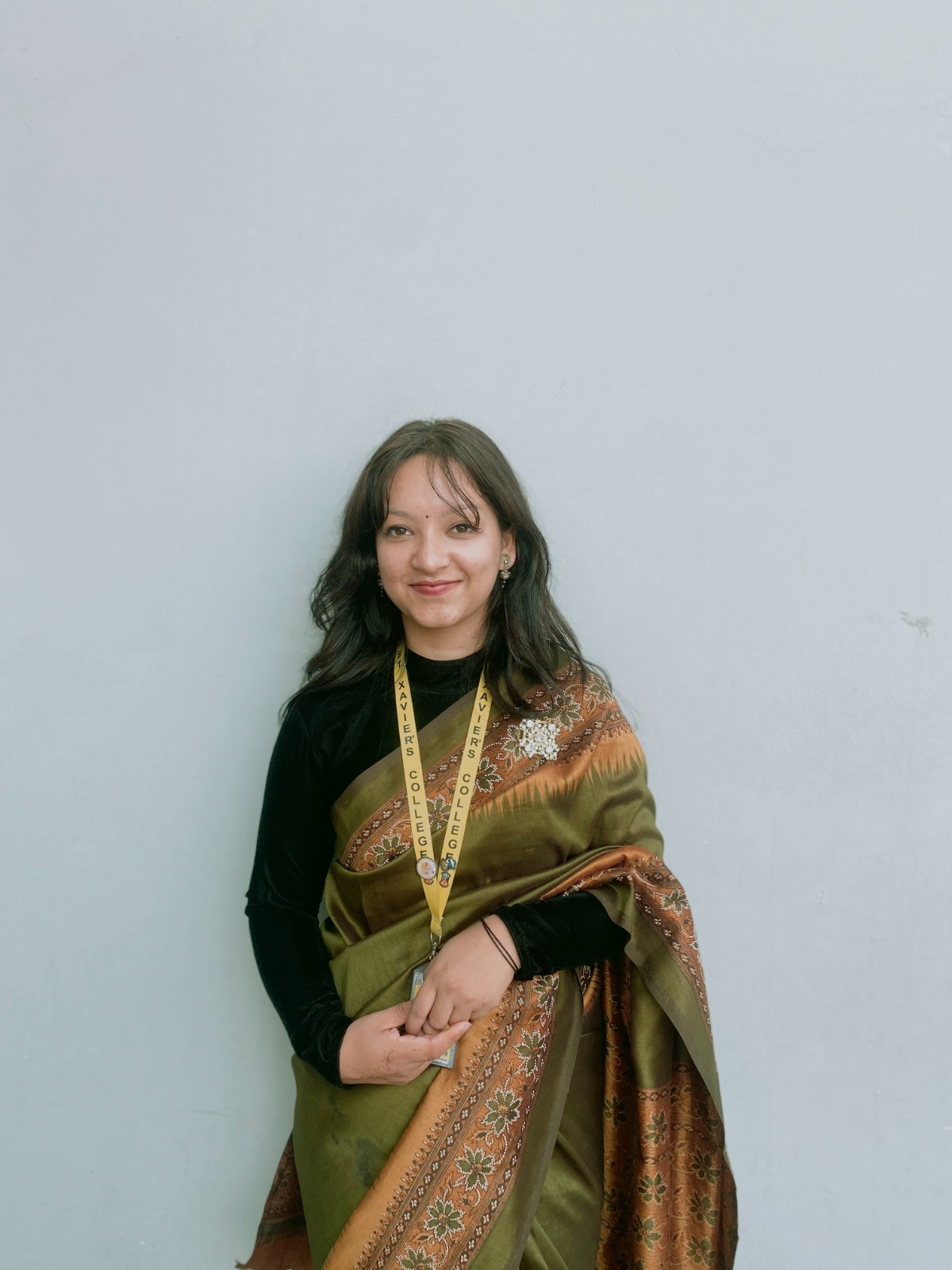
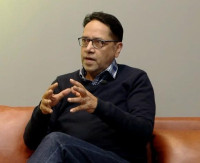
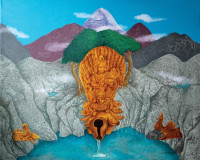
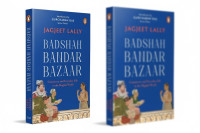

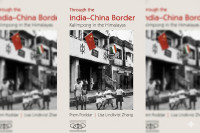
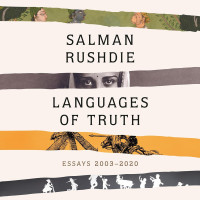
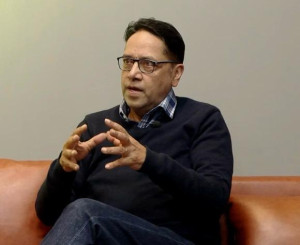


%20(1).jpg&w=300&height=200)

